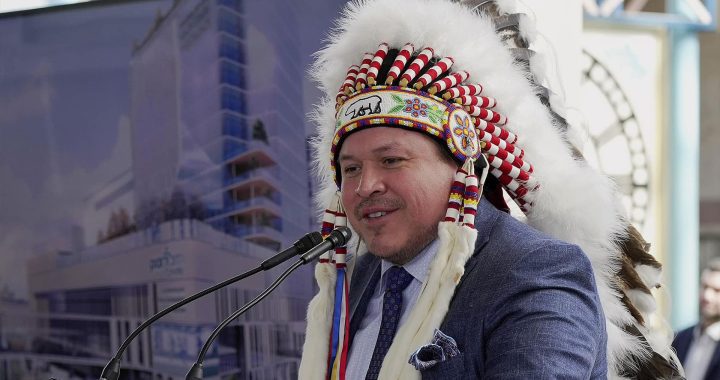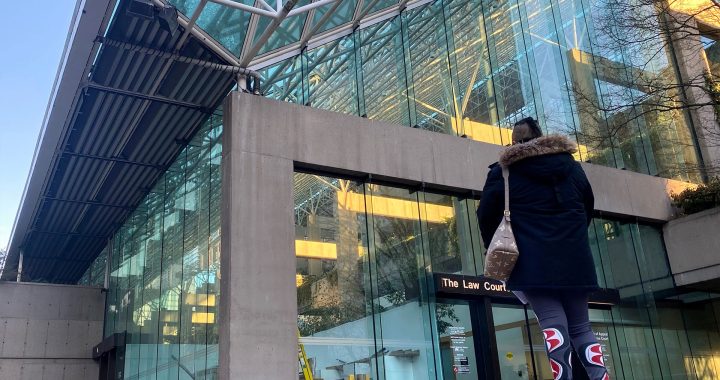Indigenous Services says the surge of COVID-19 cases in First Nations peoples who live on-reserve is of great concern and it will take coordination with communities to get them the vaccine.
The Pfizer vaccine was approved earlier in the week with doses on the way and Indigenous communities are prioritized along with front line workers and long term care homes.
The problem with vaccinating remote Indigenous communities is the fragility of the Pfizer vaccine and transportation. As Canada’s only approved vaccine so far, it needs to be transported in special freezers and kept at -70 degree temperatures.
To complicate things further, Indigenous Services Minister Marc Miller says there may be an issue of trust.
“First Nations, Inuit and Metis have historically endured and continue to endure systemic racism and discrimination when seeking health care resulting in mistrust in Canada’s healthcare systems,” Miller said at the government’s latest COVID-19 update.
“We will continue to work with partners to increase cultural safety and respect for Indigenous peoples when planning the COVIS-19 vaccine.”
Miller also confirmed that the Canadian Rangers are on the ground in Shamattawa in Manitoba and Fond du Lac in Saskatchewan. He said Indigenous services will continue to monitor their needs.
Read More:
APTN News coverage of COVID-19
Dr. Tom Wong, the chief medical health officer at Indigenous Services, reiterated Miller’s concern over the alarming rate of COVID infections on-reserve.
“It is distressing that the number of active cases has doubled in the past month and the current number of active cases is over twenty times higher than the peak number during the first wave of the pandemic,” Wong said.
As of Dec. 10, a total of 5,675 on-reserve COVID-19 cases have been reported with 2,100 active infections.
Wong said communities need to continue measures to protect their elders.
Canada’s top health officer Dr. Theresa Tam said Elders have been the most susceptible to dying from the virus. Twenty-six per cent of deaths to date were from Canadians aged 60 to 79 and 71 per cent were from people 80 years and older.
The majority of all deaths came out of long term care facilities.
“Eighty-five per cent of the cases to date have been reported form the three Prairie Provinces,” Tam reported on national cases of infection adding that the country needs to test more.
She explained the percentage of people tested presents an important indicator. The World Health Organization recommends countries should aim to keep the percentage of positive cases tested to under five per cent. Canada’s current rates show the country is not testing enough. They’re average percentage of positives is at 6.5 per cent and at times has been as high as 10 in several provinces.
Alberta, Manitoba and Saskatchewan continue to have the highest rates of infections in the country, particularly in urban centres but rural and remote communities are also being impacted.
Nunavut recently reported its first locally acquired cases. Tam said the two week restriction period there is helping to quickly reduced case counts in the territory.
In the past seven days Canada has been averaging 6,500 new cases daily. Short term projections show, without further restrictions, by January there could be 12,000 new cases daily, nationwide.










